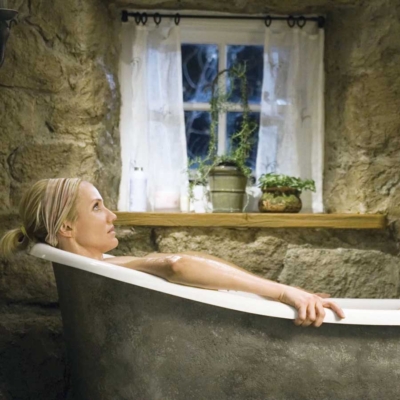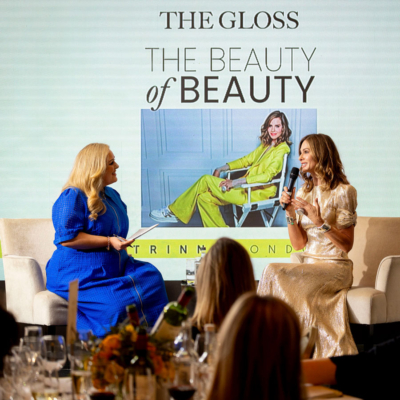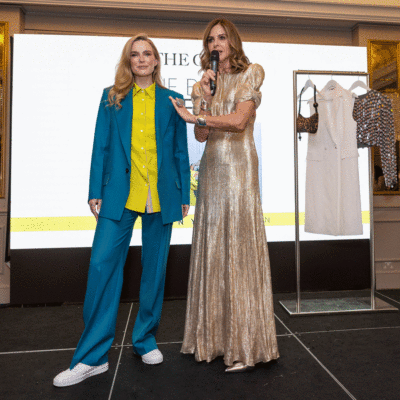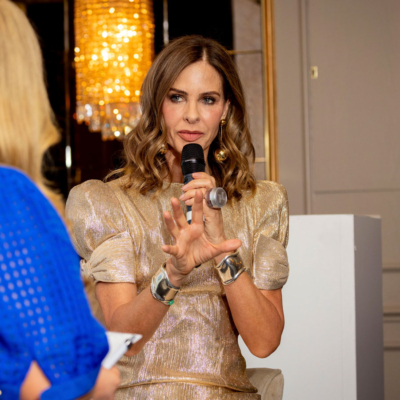Why we need to consider the environmental impact of every pot of face cream we buy
It takes two hours to spot-treat a growing zit with a pimple patch. It takes 20 minutes to de-puff the eye area with a mask. It takes only ten to give your complexion a shot of hydration with a sheet mask.
Fifty years ago, or as recently as ten or even five, one skincare product could last you a few weeks or sometimes months. Now, beauty companies feed our single-use behaviour – the super-convenient way of using something only once before discarding it – with a flood of non-biodegradable, non-recyclable disposable products.
Not only is there an abundance of sheet masks, but there are also derivatives sold to target specific areas like laugh lines or your derrière or your nether regions. There are cleansing wipes by nearly every brand on the market.
“People haven’t been made as aware of the impact of beauty,” says Freya Williams, the chief executive of Futerra North America, an agency that helps companies with sustainability efforts. “We’re taught to recycle, but it’s focused more on the kitchen than on the bathroom, so it doesn’t seem as important.” The single-use phenomenon is a fairly recent development, Williams adds. “And it’s happening without anybody realising how much these items are taking over.”
Overconsumption of Beauty Goods
It’s hard to resist innovative product introductions, seasonal trends and the promise of clearer, tighter, smoother skin. At the peak of the K-beauty trend, a ten-step beauty routine was not only heralded as the answer to a flawless complexion, but it also came to exemplify one form of self-care.
“We saw an uptick in the number of skincare products consumers used at the height of the Korean skincare trend, with many adding an additional mask or product,” said Larissa Jensen, beauty industry analyst. Every extra serum or mask comes with problematic side effects. Without our even realising it, we’re driving up the environmental impact.
Dermatologist Elizabeth Mullans believes that a streamlined anti-ageing regimen can be distilled down to three essential products: sunscreen with an SPF of 30 or higher, an over-the-counter retinol or prescription-strength retinoid, and a vitamin C serum.
“I don’t think you can use too many products – they will all be absorbed into your skin – but these three are going to help the most,” Mullans says. Other products can be added to target specific concerns, like benzoyl peroxide or salicylic acid for acne. “Stay away from anything that contains collagen because the molecules are too big to be absorbed,” she advises. “It’s basically a glorified moisturiser.”
Luxury’s Excess Problem
Many believe the industry’s biggest culprit, and its most challenging hurdle, is packaging, with luxury brands being the greatest offender. “The way brands create ‘luxury’ is through layers of heavy packaging, which is often not recyclable and is being discarded,” says Williams.
We have reached a point at which excess packaging no longer feels luxurious. The industry watchdog Estée Laundry, an Instagram account, has long put brands on blast for waste. A recent target was Pat McGrath Labs and the excessive amount of plastic that comes with a single beauty product.
“Making sustainability synonymous with luxury is an opportunity, and it’s something we’re starting to see in fashion,” Williams says. “Invest in something that’s worthy of your time and money.”
Investing in waterless beauty products is one example. Anhydrous formulas eliminate water as a key ingredient to deliver on four things: higher potency (and in turn, greater efficacy); a longer shelf life (without water, there is less risk of bacteria growth); fewer toxins (because there is no longer a need for parabens or preservatives); and water conservation.
The Clean Beauty Push
Clean beauty is expected to generate nearly ¤20bn by 2025, according to a report from Grand View Research. That may be only a fraction of the beauty industry (an ¤712bn business by 2024, according to Zion Market Research), but the demand for products that are marketed as “clean” or “natural” continues to be strong.
“This focus on ingredients and whether they’re good – if they’re harmful to your skin or the environment – is why there’s a big movement toward clean beauty,” Jensen said. “Clean beauty ties into the wellness movement and the wellness movement ties into the environment, because it’s about what’s good for you and the planet.”
She said that demand for such products may help explain a 2019 market report indicating that the skincare category was up seven per cent in sales, while make-up was down five per cent. And as Gen Z consumers, whose priorities include transparency and sustainability, gain spending power as they age, this movement will likely accelerate.
Every Action Counts
If you look at beauty’s impact as a whole, the challenge can seem overwhelming. Everything – how ingredients are sourced, carbon emissions in production – must be considered lest it lead to harmful social and environmental effects. Products that use plastic, like glitter or microbeads, can contribute to ocean waste; certain chemicals in sunscreens can harm marine life; and if an ingredient is not sourced responsibly, it can lead to environmental destruction, like deforestation.
Some companies are making an effort to effect change. Unilever recently pledged that all Dove bottles will be composed of recycled plastic, and that refillable stainless steel deodorant sticks are in the works in an effort to reduce its use of virgin plastic by more than 20,500 tonnes per year.
For many startups, sustainability is embedded in their DNA, like By Humankind, a brand dedicated to reducing single-use plastic by introducing plastic-free shampoo bars and refillable deodorant containers. LOLI, a zero-waste clean beauty brand, puts its formulas in food-grade glass yogurt jars, which can be reused in the kitchen. Cadence, committed to eliminating travel-size plastic, allows users to decant their products into refillable, durable, leakproof vessels, a percentage of which is made from consumer waste.
“Travel-size versions of beauty products are especially wasteful,” said Stephanie Hon, Cadence’s founder. “We’re allowing you to bring what you love – your beauty routine – in a more sustainable way.” She has a point: consumers are fiercely loyal to their routines (it’s why the beauty industry has historically been immune to recession), so it’s that much harder for them to change to a more sustainable option.
Even though 75 per cent of consumers believe sustainability is very important, it’s the key purchasing criterion for only seven per cent, according to a recent study. “Consumers think companies aren’t willing to change, and companies think consumers aren’t willing to change, so it’s a stalemate,” Williams said. “Once consumers aren’t forced to choose between sustainability and performance, that’s when you’ll start to see solutions taking off.”
There are, however, small actions you can take: pick packaging-free items; avoid single-use products; swap disposable wipes and cotton pads for reusable ones; and recycle whatever you can. “We’re nowhere near where we want to be, but taking the right steps is all we can do,” Jensen said. “At the end of the day, there are companies that are making money without any changes, but when it starts their bottom line, that’s when things are going to start to change.” Andrea Cheng ©New York Times
Main featured image: Iris Aust
LOVETHEGLOSS.IE?
Sign up to our MAILING LIST now for a roundup of the latest fashion, beauty, interiors and entertaining news from THE GLOSS MAGAZINE’s daily dispatches.









